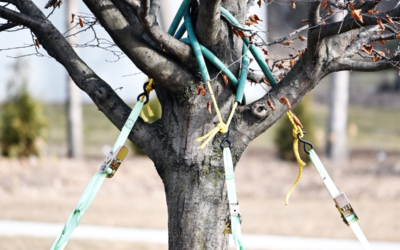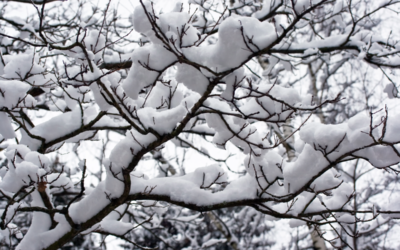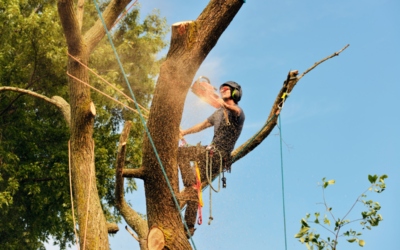 This year’s winter has been a mild one with late March temperatures approaching the eighties. But Colorado residents know that Mother Nature isn’t ready to call quits to winter until mid-May, and she may be holding some snow and ice storms in reserve. That means that winter tree damage is still a possibility, and then spring and summer bring their own hazards.
This year’s winter has been a mild one with late March temperatures approaching the eighties. But Colorado residents know that Mother Nature isn’t ready to call quits to winter until mid-May, and she may be holding some snow and ice storms in reserve. That means that winter tree damage is still a possibility, and then spring and summer bring their own hazards.
If your trees have suffered damage over the winter, or if future storms strike, you’ll need to attend to them quickly to keep them and their surroundings healthy and safe.
Common Problems from Wind, Snow, Ice and Lightning
Wind is the source of most storm-related damage to trees. While trees are biologically adapted to bend with the wind, sometimes gusts and heavy sustained winds are more than they can handle. Wind damage can range from a broken branch or two to complete uprooting of a tree.
Another common form of winter damage comes from snow and ice loading. The added weight of either can cause problems from broken branches to more serious splits in the tree’s structure. And while rare in the winter, lightning can also damage trees during one of Colorado’s infamous “thunder snows.” Many lightning-struck trees can be saved, especially when less than a third of the bark and main stem are affected.
Repairing Storm Damaged Trees
Small branches that have damage can be removed by homeowners using proper pruning techniques. Cut off the branch down to the next healthy one, but leave a stub short of the branch collar to prevent potential infection by pests and diseases. Larger branches can be very heavy and unpredictable to cut, so it’s best to have them removed by a tree care specialist.
Some trees with split trunks may be salvageable, but that level of repair should be left to the pros in order to be effective. That goes double for larger toppled or snapped trees or any damage that threatens property or safety.
Small trees that have been bent, twisted, or slightly uprooted can be straightened with proper staking, covering any exposed roots, and keeping them moist. Improper staking can do more harm than good, though, so if you’re not familiar with how to do it right, call a pro. Never use wire or thin rope in contact with the tree trunk.
Repairing lightning damage should be left to a professional arborist who can assess the damage and the best treatment.
Tree Damage Prevention
Healthy trees withstand trauma best. Keep your trees in good shape with proper planting, watering, fertilizing, and pruning. Improperly planted trees won’t develop the root structure they need for healthy growth and stability. Overwatering and fertilization can encourage excessive crown formation that catches wind, snow, and ice while root formation suffers.
Properly pruned trees not only look better and are healthier, they’re able to stand up to wind and snow loads better. A trained arborist can recommend the best cultural practices for your particular trees and can also look for hidden problems like poor rooting, decay and other structural weaknesses.
Donovan Arborists offers a variety of tree services including a complete landscape maintenance package for property in the Denver area that includes care of trees, shrubs and turf. We’re happy to give free estimates to homeowners and property managers for any services you may need.




